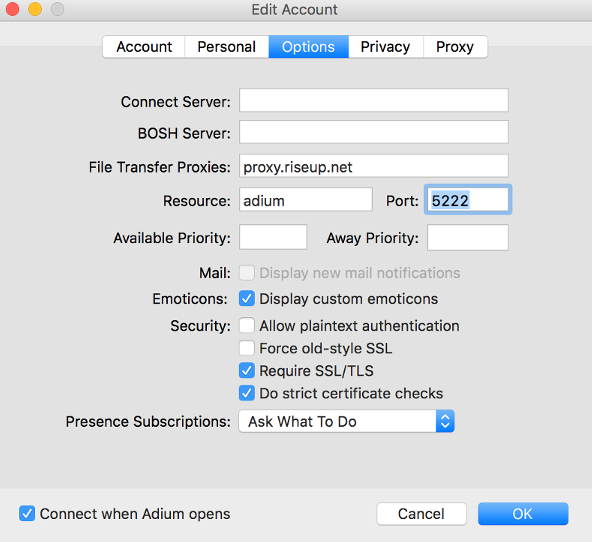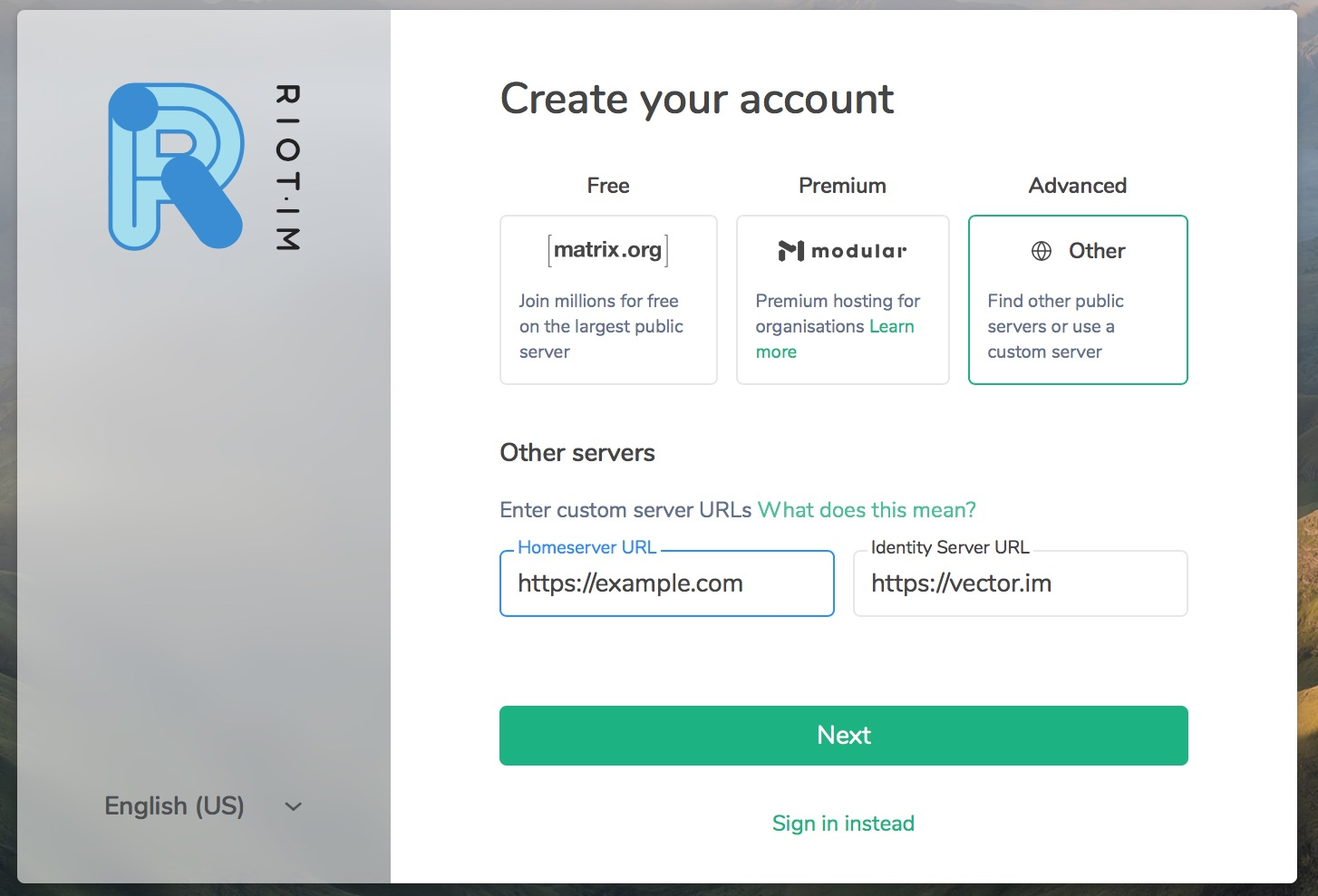The Design Problem ¶
In a centralized world, it’s assumed that other users are mediated through the same service. For example, a handle on Twitter is displayed the same to everyone else on Twitter. There is a global Twitter database of these handles, and each is unique – no one can use the same handle as someone else.
In a decentralized application, users may not be connecting to each other from the exact same service that you are. Data can be hosted by different services, and handles could be displayed differently depending on the application each person is using to connect. Because of this, a handle alone is often not sufficient to understand who you’re talking to.
The Design Solution ¶
Users are uniquely identified by their handle and a server name.
Examples ¶
Why Choose Address ? ¶
- When users have a server that receives messages from other users.
Best Practice: How to Implement Address ¶
Make sure that handles are unique on the same instance. Two users on the same device should be able to have two different handles.
Potential Problems with Address ¶
It is often complex for a user to convert their address, account, contact list, and data to a new server. In practice, most users then do not transfer to a new server even if they become unhappy with their current one.
If the user does decide to move to a new server, the user then needs to take on the cumbersome task of notifying all contacts of their new address. Recipients would need to trust your new address, without strong proof if it is the same person or even the same device. See Persistent Identity for making portability more secure.
The Take Away ¶
Address can help give users trust in who they’re talking to.
 Email is the classic example of addresses (shown: Thunderbird app)
Email is the classic example of addresses (shown: Thunderbird app) XMPP has addresses similar to Email (shown: Adium app)
XMPP has addresses similar to Email (shown: Adium app) Matrix gives more visual guidance for address choice
Matrix gives more visual guidance for address choice